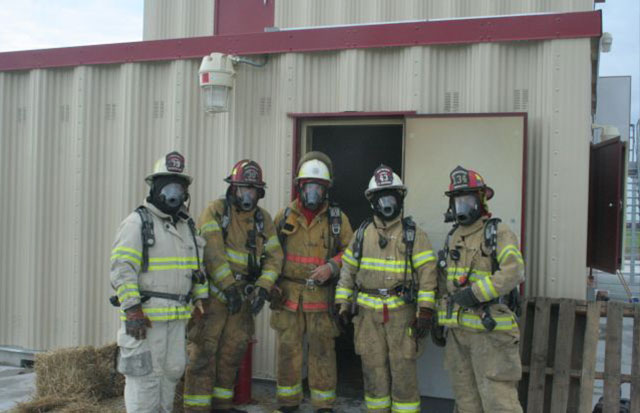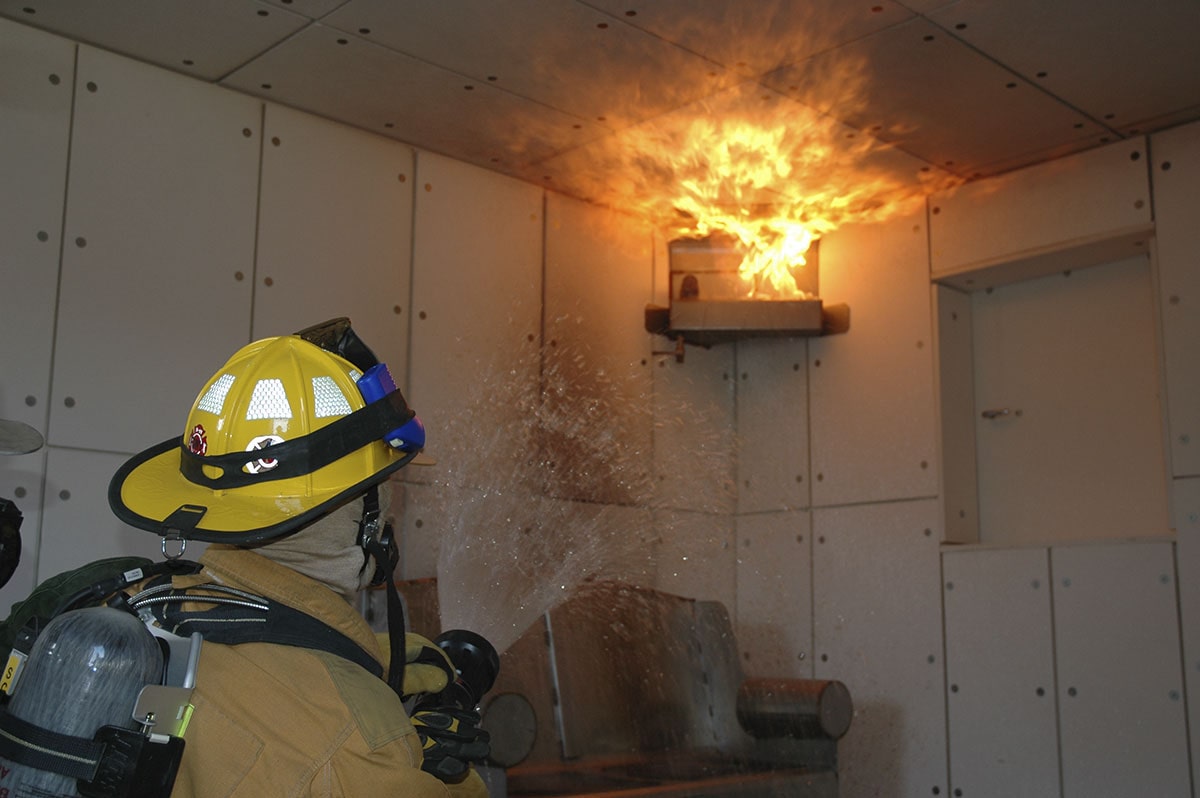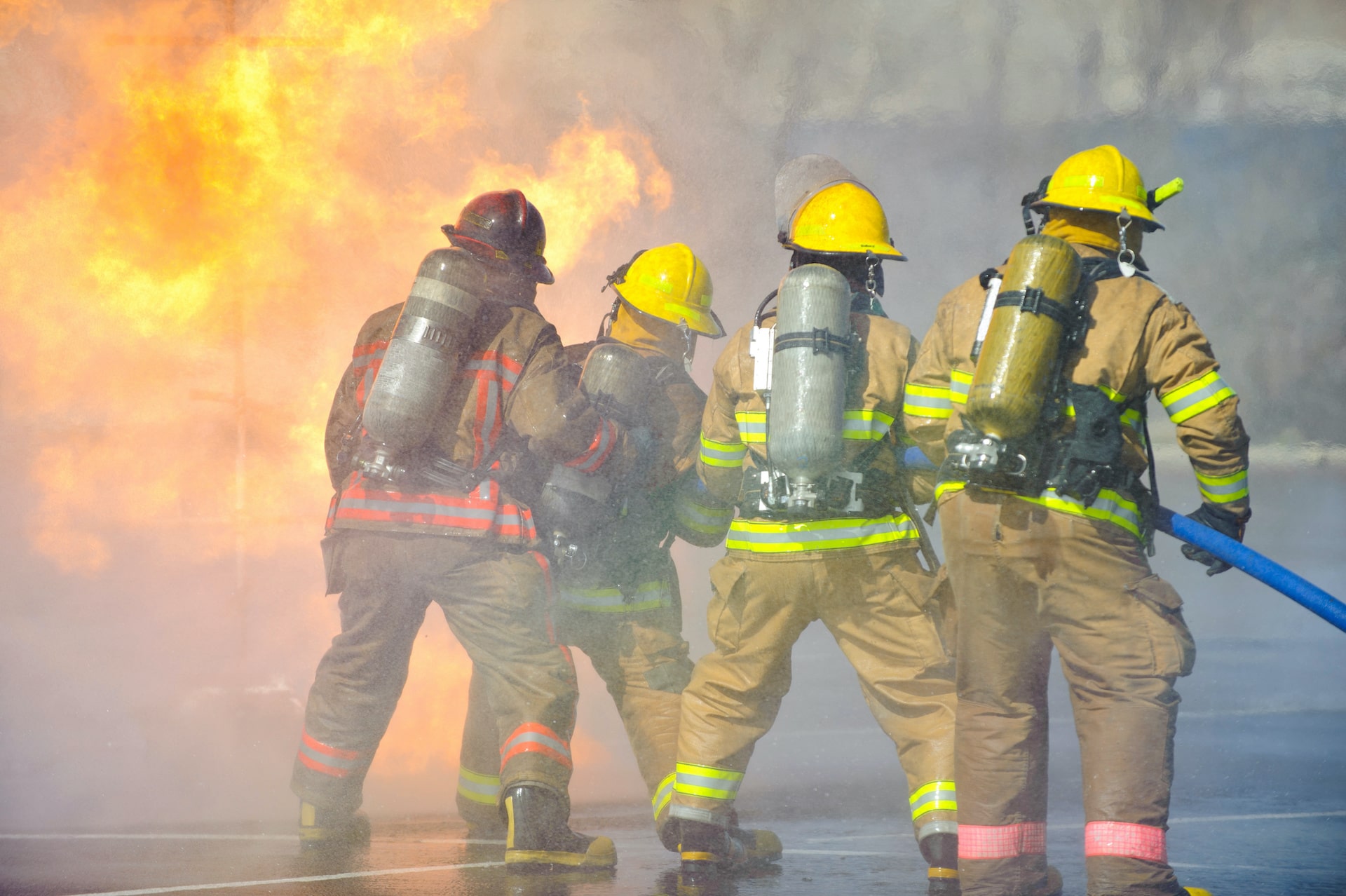
Firefighters work in a wide variety of conditions and environments. Which at many times are extreme in some form or another. How we prepare ourselves for those extreme conditions is important and can change the outcome of an event before we are ever called to respond.
Quite often when we train, we don’t drill the same way we would be required to operate, opting to take a less demanding or less challenging means of groundwork. This only hurts us in the long run. It’s the same as not working out with heavy weight or not running those extra miles when attempting to prepare for a weight lifting competition or a marathon. You must train like you work and not cut corners if at all possible.
When establishing a drill for your crew make sure to set up the training conditions as realistic as you possibly can. This begins with the most basic and that is working in your Personal Protective Equipment (PPE). This appears to be the first item that will be eliminated by crews when training. They will make excuses as to why they don’t need to wear full gear when “it’s only training”. If you don’t practice in your complete PPE you will never be comfortable when required at the real event. Many times when it’s mandatory to don your entire gear and then perform other task that you are either just learning or maybe have not trained on in a while, it becomes apparent that the PPE is another factor that must be addressed. Something that appears as simple as operating a tool or even a radio with your firefighting gloves on, will be difficult and may require some rethinking to accomplish that task.
Once basic skills have become engrained, the next step would be to build a training scenario to include several components into a real-world training simulation. For example, a simulated overturned motor vehicle crash with entrapment, would include operating vehicle extrication equipment, deploying a charged hose line for safety, utilizing the incident command system, establishing tactical objectives for the emergency scene. The list can go on as it just depends how much detail you want to incorporate. Even consider including other local fire, EMS departments as well as law enforcement, that may respond as mutual aid. Building a relationship with a wrecking yard in your district to obtain vehicles for this type of training is required, but well worth the effort to create such a training exercise.
The countless training scenarios that can be developed will reward your organization many times over. So, take a few moments to plan your next training event and rethink how you train!
By: Chief Keith Padgett
 Chief Keith Padgett currently serves as the Fire and Emergency Medical Services Academic Program Director with Columbia Southern University. He also served as fire chief of the Beulah Fire District in Valley Alabama and retired as the chief/fire marshal for the Fulton County Fire-Rescue Department in Atlanta. Padgett is a 38-year member of the fire service and has completed the Executive Fire Officer Program through the National Fire Academy. He holds a master’s degree in leadership with an emphasis in disaster preparedness and executive fire leadership, as well as the Chief Fire Officer Destination through the Center for Public Safety Excellence.
Chief Keith Padgett currently serves as the Fire and Emergency Medical Services Academic Program Director with Columbia Southern University. He also served as fire chief of the Beulah Fire District in Valley Alabama and retired as the chief/fire marshal for the Fulton County Fire-Rescue Department in Atlanta. Padgett is a 38-year member of the fire service and has completed the Executive Fire Officer Program through the National Fire Academy. He holds a master’s degree in leadership with an emphasis in disaster preparedness and executive fire leadership, as well as the Chief Fire Officer Destination through the Center for Public Safety Excellence.




